As dog owners, we often find ourselves trying to decipher the subtle and not-so-subtle ways our furry friends communicate with us. Understanding these signals is crucial for a harmonious relationship with our pets. Dogs, unlike humans, rely on a range of non-verbal cues and behaviors to convey their feelings, needs, and responses. Recognizing the signs your dog is trying to communicate with you goes beyond just interpreting their barks or tail wags; it’s about tuning into a variety of vocal, physical, and behavioral cues.
In this comprehensive guide, we will delve into the fascinating world of canine communication, helping you to better understand and respond to your loyal companion’s attempts to reach out to you.
Vocal Communication
Dogs use a variety of vocalizations to express their needs, emotions, and reactions to their environment. Understanding these vocal cues is key to interpreting the signs your dog is trying to communicate with you.
Barking and Its Variations
- Different Types of Barks: Dogs bark for numerous reasons. A high-pitched bark often indicates excitement or greeting, while a deep, prolonged bark might signify alertness to a perceived threat. Rapid barks could signal urgency or an alert status, and intermittent barking might just be a call for attention.
- Contextual Understanding: To accurately interpret a bark, consider the context. Is there a stranger at the door, or is your dog looking out the window? Are they alone and potentially experiencing separation anxiety? Understanding the situation can help decipher the message behind the bark.
Whining and Howling
- Whining: This is commonly used to express a need or desire, such as hunger, wanting to go outside, or seeking attention. It can also indicate anxiety, pain, or excitement. Observing what prompts your dog to whine can help you understand their specific needs or emotions.
- Howling: Often associated with a dog’s ancestral wolf behavior, howling can be a form of long-distance communication. Dogs may howl in response to certain sounds like sirens or other dogs howling, or as a way of expressing loneliness or separation anxiety.
Vocal communication in dogs is rich and varied. By paying attention to the types, tones, and contexts of these vocalizations, you can start to understand what your dog is trying to communicate. Remember, each dog has its unique vocal expressions, so getting to know your dog’s specific vocal habits is key to effective communication.
Body Language Signals
In addition to vocalizations, dogs communicate a great deal through their body language. Understanding these non-verbal cues is crucial in interpreting the signs your dog is trying to communicate with you. Here, we’ll explore some of the key aspects of canine body language.
Tail Wagging and Positions
- Tail Wagging: While often associated with happiness, tail wagging can convey a range of emotions. A relaxed, swinging tail usually indicates a content and happy dog, whereas a stiff, fast-paced wag can mean excitement or agitation. A tail tucked between the legs suggests fear or submission.
- Tail Position: The position of the tail can also be telling. A high, stiff tail often denotes alertness or dominance, while a lower position may indicate a relaxed or submissive state. Observing the combination of tail movement and position provides better insight into your dog’s emotional state.
Ear Positions and Movements
- Erect Ears: When a dog’s ears are pricked up and facing forward, it usually indicates interest in or alertness to something in their environment.
- Flattened Ears: Ears that are pulled back or lying flat against the head can be a sign of fear, submission, or, in some cases, aggression.
- Relaxed Ears: Ears that are in a natural, relaxed position typically show that the dog is calm and comfortable in its surroundings.
Body language in dogs is a complex and nuanced form of communication. By paying close attention to your dog’s tail movements and ear positions, you can gain a deeper understanding of their emotional state and intentions. Remember, each dog is unique, and these cues can vary based on breed, personality, and individual temperament. Learning to read these signals accurately can greatly enhance your ability to communicate effectively with your canine companion.
Eye Contact and Facial Expressions
A dog’s eyes and facial expressions are windows into their emotions and intentions. Understanding these visual cues is an essential part of recognizing the signs your dog is trying to communicate with you.
The Significance of Eye Contact
- Direct Eye Contact: Dogs use eye contact to establish connections and communicate trust or challenge. Prolonged eye contact from your dog can signify they are paying attention or seeking direction. However, in some contexts, it could also indicate a challenge or threat, especially if accompanied by stiff body language.
- Avoiding Eye Contact: When a dog avoids eye contact, it can be a sign of submission, discomfort, or guilt. Some dogs may avert their gaze to show they are not a threat, or if they feel overwhelmed in a situation.
Facial Expressions
- Yawning: While often associated with tiredness, yawning in dogs can also be a sign of stress or anxiety. It’s a calming signal, a way for dogs to dissipate stress or signal to others that they mean no harm.
- Licking Lips: This gesture can indicate anticipation for food but can also be a sign of anxiety or stress in certain situations.
- Showing Teeth: A dog showing teeth might be doing so as a sign of aggression or defense. However, if it’s accompanied by a relaxed body and wagging tail, it could just be a submissive grin.
Understanding your dog’s eye contact and facial expressions helps in deciphering their emotional state and intentions. These cues, often subtle, require careful observation and understanding of the context. Remember, just like humans, each dog may express their emotions differently. Learning to interpret these signs accurately will enhance your communication with your dog, allowing you to respond more effectively to their needs and emotions.
Physical Gestures and Postures

Physical gestures and postures are integral components of a dog’s communicative repertoire. Observing these can provide valuable insights into what your dog is trying to convey.
Pawing and Nudging
- Pawing: When a dog paws at their owner, it can be a sign of affection or a request for attention. Dogs may use their paws to gently tap you to initiate play or indicate a desire for petting or treats.
- Nudging: A dog might nudge you with their nose to show affection, draw your attention to something, or as a gentle reminder that they’re there. It can also be a way of asking for something, like wanting to go outside or asking for food.
Play Bows and Body Postures
- Play Bows: This is a universal sign of playfulness in dogs. When a dog lowers its front body while keeping its rear end up, it’s usually an invitation to play. It’s a dog’s way of saying they are in a playful mood and not a threat.
- Body Postures: The overall body posture of a dog can tell a lot about their mood and intentions. A relaxed posture with a wagging tail and an open mouth typically indicates a happy, content dog. On the other hand, a stiff, rigid body might signal aggression or fear. A crouched position could suggest submission or fear, particularly if accompanied by tucked-in tail and flattened ears.
Understanding your dog’s physical gestures and postures is key in interpreting their non-verbal communication. These behaviors can be indicative of a wide range of emotions, from joy and playfulness to anxiety and aggression. It’s important to consider the entire context of the behavior, including the environment and what is happening around the dog, to accurately interpret these signals. Over time, as you become more attuned to your dog’s specific body language, you’ll find it easier to understand and respond to their attempts to communicate with you.
Behavioral Signs
Beyond vocalizations and body language, dogs also communicate through various behavioral signs. These behaviors can be indicators of their emotional state, needs, or health conditions.
Changes in Behavior
- Alteration in Eating or Sleeping Habits: A significant change in your dog’s regular eating or sleeping patterns can be a sign of stress, discomfort, or illness. For instance, a dog that suddenly loses appetite or sleeps more than usual might be trying to communicate that something is wrong.
- Increased Destructive Behavior: Dogs may resort to destructive behaviors like chewing or digging as a way to cope with anxiety, boredom, or stress. If such behaviors become frequent, it’s important to look into the underlying causes.
Repetitive Behaviors
- Pacing or Circling: Repetitive pacing or circling can be a sign of anxiety, nervousness, or a health issue. Consistent display of such behaviors warrants a closer look and possibly a veterinary consultation.
- Excessive Licking or Grooming: While grooming is a normal part of a dog’s routine, excessive licking, especially of a particular area, can indicate discomfort or pain in that area. It can also be a sign of anxiety or a skin problem.
Changes in behavior, particularly when sudden or extreme, are often a dog’s way of showing that something is amiss. Being attuned to these changes can help you address your dog’s needs more effectively, whether it’s providing more mental stimulation, adjusting their environment, or seeking veterinary care. Remember, any persistent or concerning changes in behavior should always be evaluated by a professional to ensure your dog’s health and well-being.
Responding to Your Dog’s Communication
Understanding your dog’s attempts to communicate is only half the battle; the other half is knowing how to respond appropriately. Here’s how you can effectively communicate back and strengthen your bond with your pet.
Understanding and Responding
- Acknowledge the Communication: When your dog is trying to communicate, whether it’s through barking, body language, or behavior, acknowledging their effort is crucial. This can be as simple as a verbal response, a gentle pat, or taking action based on their needs.
- Learning Your Dog’s Language: Pay attention to what certain signals mean for your specific dog. Over time, you’ll learn to interpret their unique communication style, which will allow you to respond more accurately to their needs.
The Importance of Consistency and Patience
- Consistency in Responses: Dogs thrive on consistency. Responding in a consistent manner to certain behaviors or signals will help your dog understand what is expected of them and what they can expect from you.
- Patience is Key: Not all responses will be immediate or correct. It takes time and patience to learn and understand each other fully. Be patient both with your dog and yourself as you navigate this learning process.
Building a Deeper Bond
- Positive Reinforcement: Use positive reinforcement to encourage good communication habits. Reward your dog with treats, affection, or playtime when they communicate effectively and you understand their needs.
- Spend Quality Time Together: Engage in activities that both you and your dog enjoy. This not only strengthens your bond but also provides ample opportunities for communication and understanding each other better.
Conclusion
Navigating the world of canine communication is an enriching experience that deepens the bond between you and your dog. By learning to recognize and interpret the signs your dog is trying to communicate with you, you gain insights into their emotional and physical well-being. Whether it’s through a playful bark, a gentle nudge, or an anxious whine, each signal is a piece of a larger conversation your dog is having with you.
Paying attention to these signs not only enhances your relationship but also ensures that your furry friend feels understood and cared for. As you continue your journey with your pet, remember that every dog is unique, and so is their way of communicating. Stay observant, be patient, and cherish the silent yet profound dialogue you share with your canine companion.









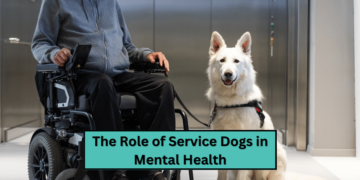


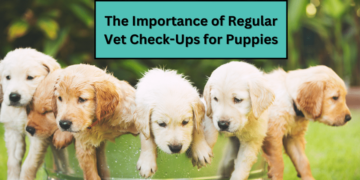


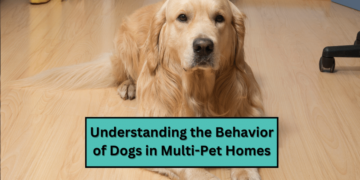
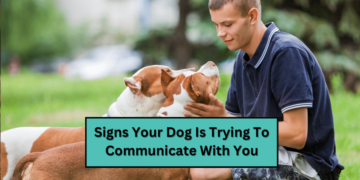
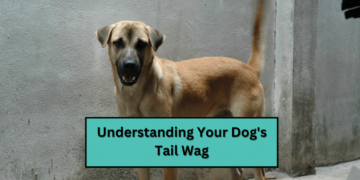

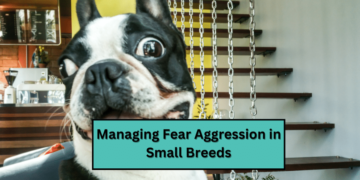



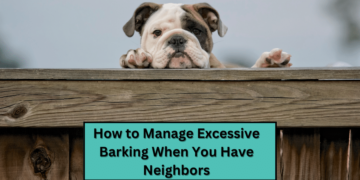


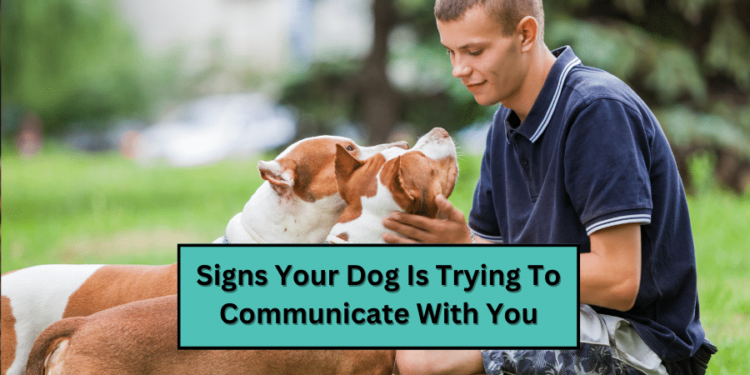








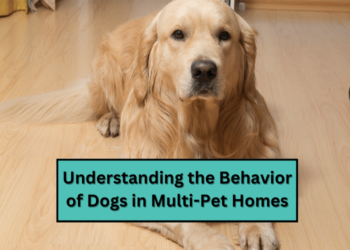
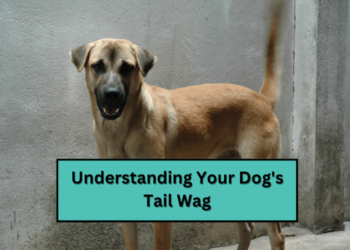

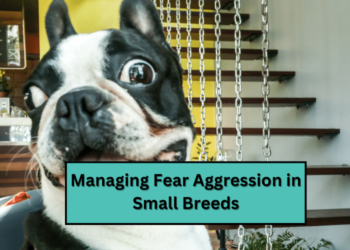













Discussion about this post